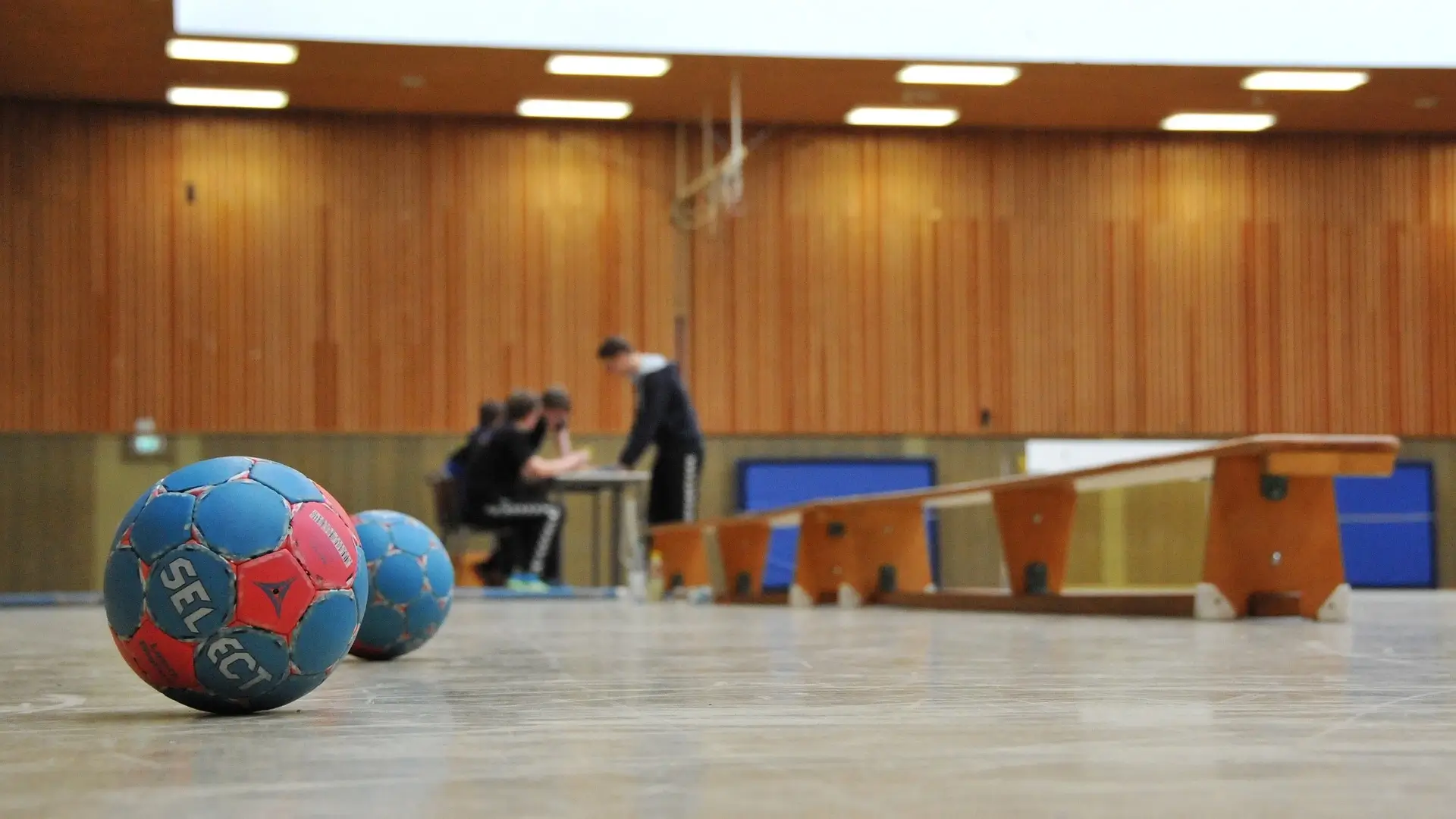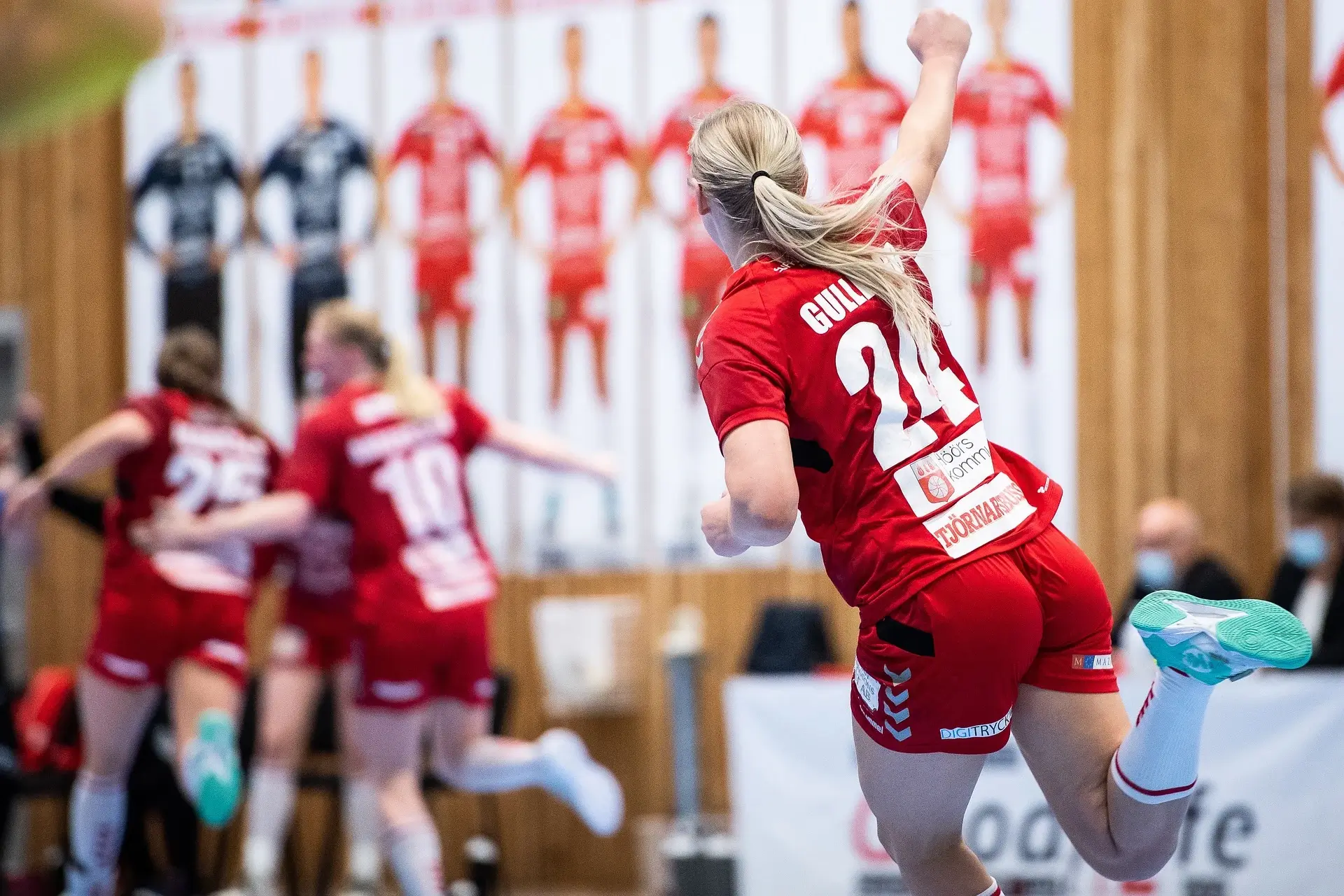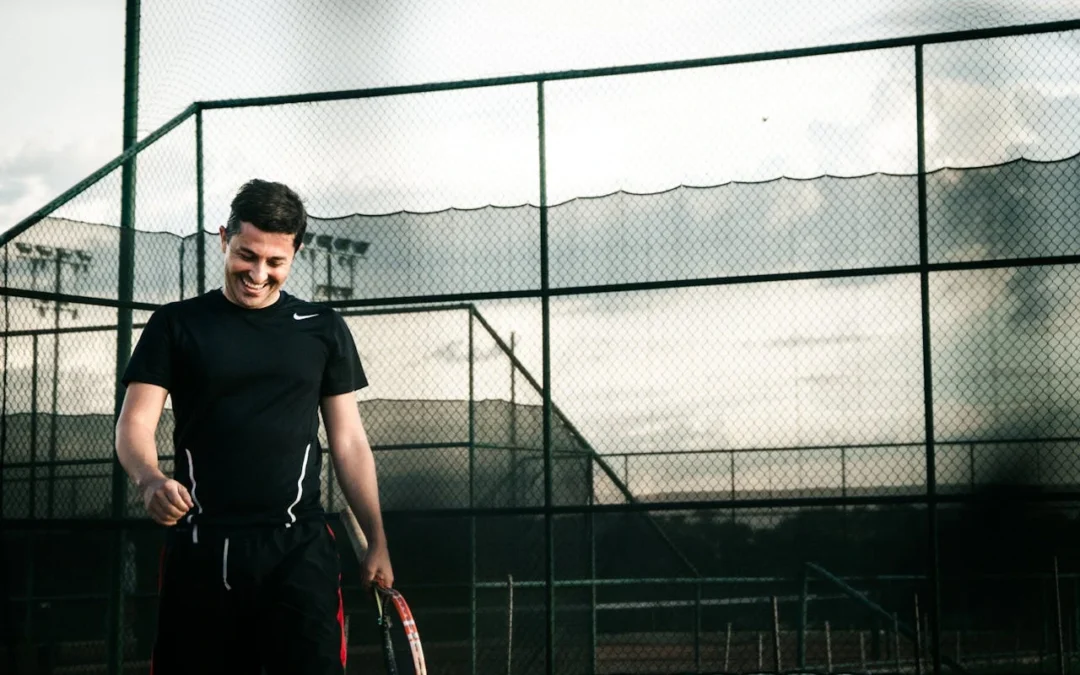At its core, handball epitomizes strategic prowess and tactical finesse, demanding mastery of both offensive and defensive maneuvers to clinch victory on the court. Throughout this compendium, we’ll delve into the intricacies of handball strategy, dissecting the astute tactics deployed by top-tier players and teams to outmaneuver adversaries and seize control of the game.
Yet, handball transcends mere sport—it’s a vibrant way of life embraced by millions of players and enthusiasts globally. From grassroots community leagues to prestigious international competitions, handball fosters a profound sense of camaraderie and belonging among its participants. Whether you’re a seasoned player refining your craft or a newcomer eager to acquaint yourself with the sport, this guide offers invaluable insights and resources catering to all levels of interest and expertise.
Understanding Handball Rules and Regulations
Handball rules and regulations govern various aspects of gameplay, from player conduct to scoring procedures. For instance, common handball fouls include charging, holding, and pushing, which result in penalties such as free throws or suspensions. Additionally, understanding handball rules requires familiarity with penalty situations, like seven-meter throws awarded for fouls committed within the goal area. Referees enforce these rules to ensure fair play and sportsmanship on the court, emphasizing the sport’s reliance on manual dexterity and strategic gameplay.
Mastering Offensive Strategies in Handball
Mastering offensive strategies in handball involves a deep understanding of tactics like fast breaks, pivot plays, and set-piece strategies. Effective offenses capitalize on players’ positioning and movement to create scoring opportunities, often through quick passes and coordinated attacks. Teams employ various plays, such as feints and fakes, to outmaneuver defenders and create openings for shots on goal. By honing offensive skills and fostering teamwork, players can elevate their team’s performance and increase scoring efficiency.
Effective Defensive Tactics for Handball Players
Effective defensive tactics in handball require proactive approaches like pressing, zoning, and defensive shifts to disrupt opponents’ offensive strategies. Communication and teamwork are crucial for executing these tactics, as players must coordinate their movements to cover potential scoring threats and force turnovers. Defensive skills like footwork, anticipation, and interception play a vital role in neutralizing opposing attacks and regaining possession. Through disciplined training and strategic planning, handball athletes can become formidable defenders capable of thwarting even the most potent offenses.
Advanced Handball Techniques and Skills Training
Advanced handball techniques, such as spin shots, jump shots, and spin passes, demand exceptional coordination and timing to execute effectively. Players can refine these skills through drills and exercises that simulate game scenarios, focusing on proper technique and decision-making under pressure. Strengthening physical capabilities through strength and conditioning programs enhances players’ ability to perform these techniques consistently. Mastery of advanced handball skills enables players to elevate their performance and contribute to their team’s success at the highest levels of the sport.
Exploring Handball Equipment and Gear Essentials
Handball equipment, including handballs, jerseys, shorts, and shoes, plays a crucial role in optimizing performance and ensuring safety on the court. Handballs are typically made of synthetic leather or resin and come in various sizes and weights to suit players’ preferences. Properly fitted handball shoes with durable outsoles and cushioned midsoles provide stability and support during quick movements and jumps. Additionally, protective gear like knee pads and elbow pads minimizes the risk of injuries during intense play. Investing in quality handball equipment enhances players’ comfort, mobility, and performance.

Unlocking Mental Preparation and Focus in Handball
Mental preparation and focus are essential for success in handball, requiring players to cultivate a winning mindset and resilience in high-pressure situations. Goal setting, visualization, and positive self-talk are effective techniques for building mental toughness and confidence. Players must also foster team cohesion and trust to navigate challenges collectively and maintain focus during matches. Developing mental resilience enables handball athletes to overcome setbacks and perform at their best when it matters most.
Navigating Handball Competitions and Tournaments
Preparing for handball competitions and tournaments involves meticulous planning and preparation to maximize performance and manage the physical and mental demands of tournament play. Strategies for scouting opponents, developing game plans, and managing pre-game nerves are essential for success. Additionally, prioritizing recovery and recuperation between games ensures players maintain peak performance throughout the tournament. By embracing the challenges of competition and maintaining a positive mindset, handball athletes can navigate tournaments effectively and strive for excellence on the court.
Injury Prevention and Recovery Strategies for Handball Athletes
Injury prevention is crucial for handball athletes to stay healthy and competitive, requiring proactive measures like warm-up routines, strength training, and flexibility exercises. Understanding common handball injuries, their causes, and preventive measures minimizes the risk of injury on the court. In the event of an injury, rehabilitation protocols tailored to specific injuries facilitate optimal recovery and minimize the likelihood of recurrence. By integrating comprehensive injury prevention and recovery strategies into their training regimen, handball athletes can safeguard their health and longevity in the sport.
Handball is much more than just a sport – it’s a vibrant and dynamic way of life that has captivated millions around the world. From its rich history to its strategic gameplay and sense of camaraderie, handball offers something for everyone, whether you’re a seasoned player or new to the game. Throughout this guide, we’ve explored the fundamentals of handball, delved into advanced techniques and strategies, and provided insights into equipment essentials and injury prevention. Now armed with knowledge and resources, it’s time to step onto the court with confidence and passion.
Betting FAQs
What are the basic rules of handball?
How can I improve my offensive skills in handball?
What are some common handball injuries, and how can I prevent them?
Kyle Daly


